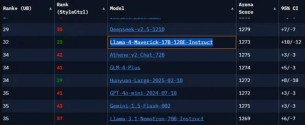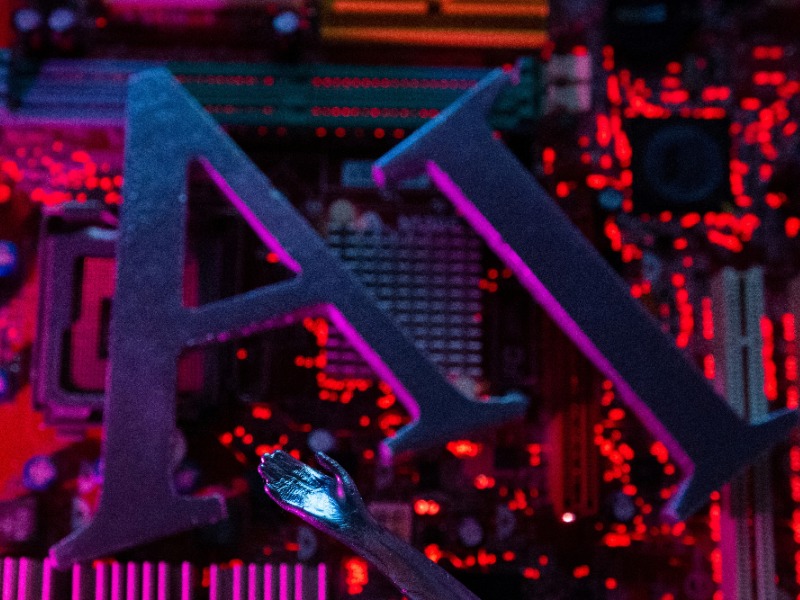Seven Republican US senators have sent a letter to US Commerce secretary Howard Lutnick, urging him to scrap a Biden administration rule restricting global access to AI chips before it kicks in next month.
The letter, signed by senators Pete Ricketts, Tommy Tuberville and Thom Tillis, argues that the AI diffusion rule will damage US leadership in artificial intelligence and calls for “immediate action” to halt it before it takes effect on May 15. It was sent on Friday and made public on Monday.
“Every day this rule remains in place, American companies face mounting uncertainty, stalled investments, and the risk of losing critical global partnerships that cannot be easily regained,” said the letter, which was also signed by senators Markwayne Mullin, Ted Budd, Roger Wicker and Eric Schmitt.
“We urge you to withdraw this rule and propose an alternative that is effective in preventing Communist China from capturing the world market in leading technology without compromising American advantages.”
Image: Reuters/Dado Ruvic
The Commerce Department did not immediately respond to a request for comment from Reuters. But the letter is a sign of lingering divisions within the Republican Party between those hoping to relax global restrictions on US AI chip shipments and hardliners who prioritise the danger that China might access the prized technology.
The letter says the structure of the rule, which splits countries into three tiers, puts only 18 nations in a group with the easiest access to American technology, and adds that they must comply with burdensome regulations. It also points out that partners and allies like Israel are excluded from the top tier.
Australia is
, as is Belgium, Canada, Denmark, Finland, France, Germany, Ireland, Italy, Japan, the Netherlands, New Zealand, Norway, South Korea, Spain, Sweden, Taiwan and the United Kingdom.
The letter notes that the vast majority of countries fall into the second tier, which it says “face arbitrary purchase limits and a cumbersome licensing process”. Tier 3 countries, including China, are already “rightly restricted”, it says.
It would be difficult for US companies to comply with the constraints, the senators wrote, and even harder for the US government to enforce.
The restrictions also would incentivize buyers, especially in Tier 2 countries, to turn to China’s “unregulated cheap substitutes”, the letter says.
Reuters


